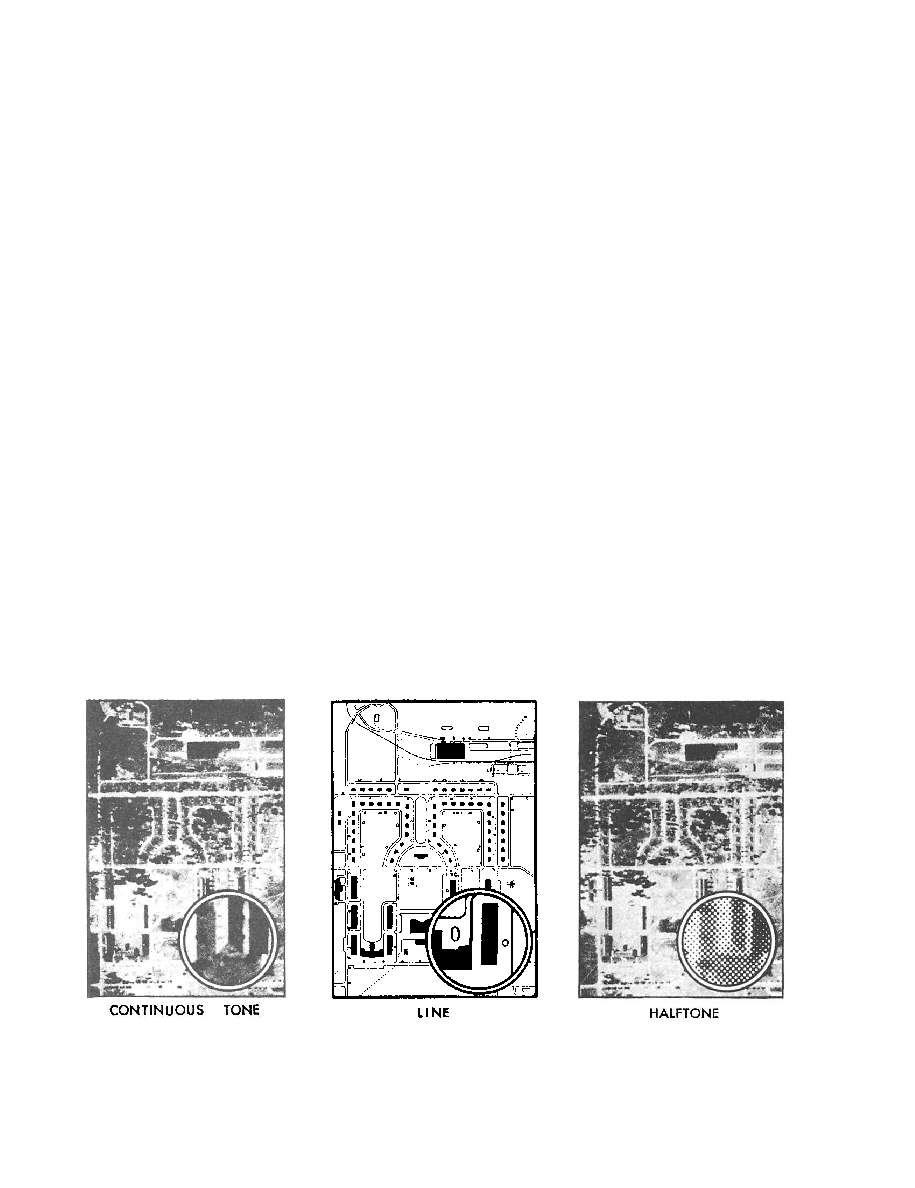
DOFMaster
for Windows
On-line
Depth of Field
Calculator
DOFMaster for Mobile Devices
On-line
Depth of Field
Table
Hyperfocal
Distance Chart
Articles
FAQ
Recommended
Books
Support
Contact
Links
Home
for Windows
On-line
Depth of Field
Calculator
DOFMaster for Mobile Devices
On-line
Depth of Field
Table
Hyperfocal
Distance Chart
Articles
FAQ
Recommended
Books
Support
Contact
Links
Home
As an Amazon Associate I earn from qualifying purchases.
![]()
painting, or similar flat document. A document that is
copied is called the "copy original" or "original," and
the products of the copying process are called
classed as reflection originals and transparent originals.
The photographic reproduction can be any size in
relation to the original document.
every aspect of the Navy-from the Intelligence
needs 100 copies of a map for planning an invasion.
skilled work and you must give it the same careful
attention that you give to other types of photography.
Making good photographic copies is an
accomplishment any photographer can be proud of. A
knowledge of copying techniques extends your skill as
a Navy photographer and makes you more useful to
yourself and the Navy.
done. The materials to be copied range from simple line
drawings to transparencies that are used daily aboard
ship and at shore stations. Films used for copy
photography are processed much the same as films for
other photography. They can be processed by hand, in
trays and tanks, or processed by machine.
tracings, drawings, and photographs.
of tone is reproduced by a pattern of dots and
intermittent white spaces, caused by interposing a
halftone screen between the lens and the film. (See
fig. 8-1.)
Basic Photography Course

As an Amazon Associate I earn from qualifying purchases.
WWW.DOFMASTER.COM
© 2006 Don Fleming. All rights reserved.
© 2006 Don Fleming. All rights reserved.